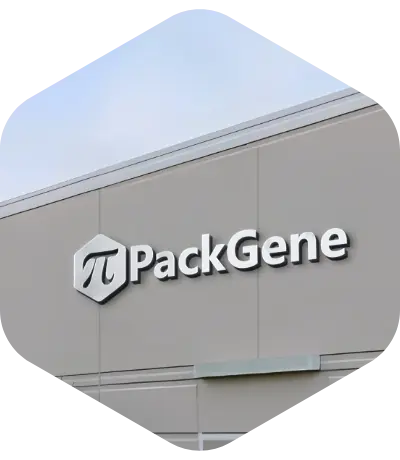
Targeted genome editing of ZKSCAN3 mitigates the neurotoxicity caused by mutant HTT (huntingtin) in a Huntington disease animal model and three-dimensional cell culture of Huntington disease
简介:
- 作者: Hyun Jung Park, JiYeon Kim, Jiwoo Choi, Chongsuk Ryou, Eunji Shin & Jae Young Lee
- 杂志: Autophagy
- Doi: https://www.doi.org/10.1080/15548627.2025.2569965
- 出版日期: 2025/10/10
摘要
Huntington disease (HD) is a neurodegenerative disease caused by the expression of a mutant form of HTT (huntingtin; mHTT), caused by an abnormal expansion of polyglutamine in HTT. In HD, macroautophagy/autophagy dysfunction can cause mHTT accumulation. Moreover, the promotion of autophagy is considered a therapeutic strategy for the treatment of HD. ZKSCAN3 (zinc finger with KRAB And SCAN domains 3) has been identified as a transcriptional repressor of TFEB (transcription factor EB), a master regulator of autophagy and lysosomal functions. In this study, we conducted CRISPR-Cas9-based gene ablation to disrupt ZKSCAN3 in HD animal models and HD patient-induced pluripotent stem cell (iPSC) -derived three-dimensional (3D) spheroids. In animal models of HD, targeted in vivo zkscan3 ablation via a single adeno-associated virus (AAV) mediated CRISPR-Cas9 approach resulted in reduced mHTT levels, leading to improvements in both behavioral symptoms and the brain environment. Furthermore, CRISPR-Cas9 mediated ablation of ZKSCAN3 in 3D spheroids from HD patient-derived iPSC resulted in increased autophagy and lysosomal function, along with reduced mHTT accumulation. Specifically, in iPSC-derived neurons from HD patients, ZKSCAN3-depleted neurons demonstrated increased lysosomal function and reduced oxidative stress compared to controls. Additionally, transcriptional analysis of ZKSCAN3-edited neurons revealed an increased expression of genes involved in synaptic function and transporter activity. Taken together, these results suggest that in HD treatment strategies for improving neuronal function and the brain environment, ZKSCAN3 downregulation in neurons by autophagy activation may improve the brain environment through neuronal self-repair.
关于派真
作为一家专注于AAV 技术十余年,深耕基因治疗领域的CRO&CDMO,派真生物可提供从载体设计、构建到 AAV、慢病毒和 mRNA 服务的一站式解决方案。凭借深厚的技术实力、卓越的运营管理和高标准的服务交付,我们为全球客户提供一站式CMC解决方案,包括从早期概念验证、成药性评估到IIT、IND及BLA的各个阶段。
凭借我们独立知识产权的π-alphaTM 293 细胞AAV高产技术平台,我们能将AAV产量提高多至10倍,每批次产量可达1×10¹⁷vg,以满足多样化的商业化和临床项目需求。此外,我们定制化的mRNA和脂质纳米颗粒(LNP)产品及服务覆盖药物和疫苗开发的各个阶段,从研发到符合GMP的生产,提供端到端的一站式解决方案。

